Home>Home Appliances>Bathroom Appliances>When Was The Hair Dryer Invented
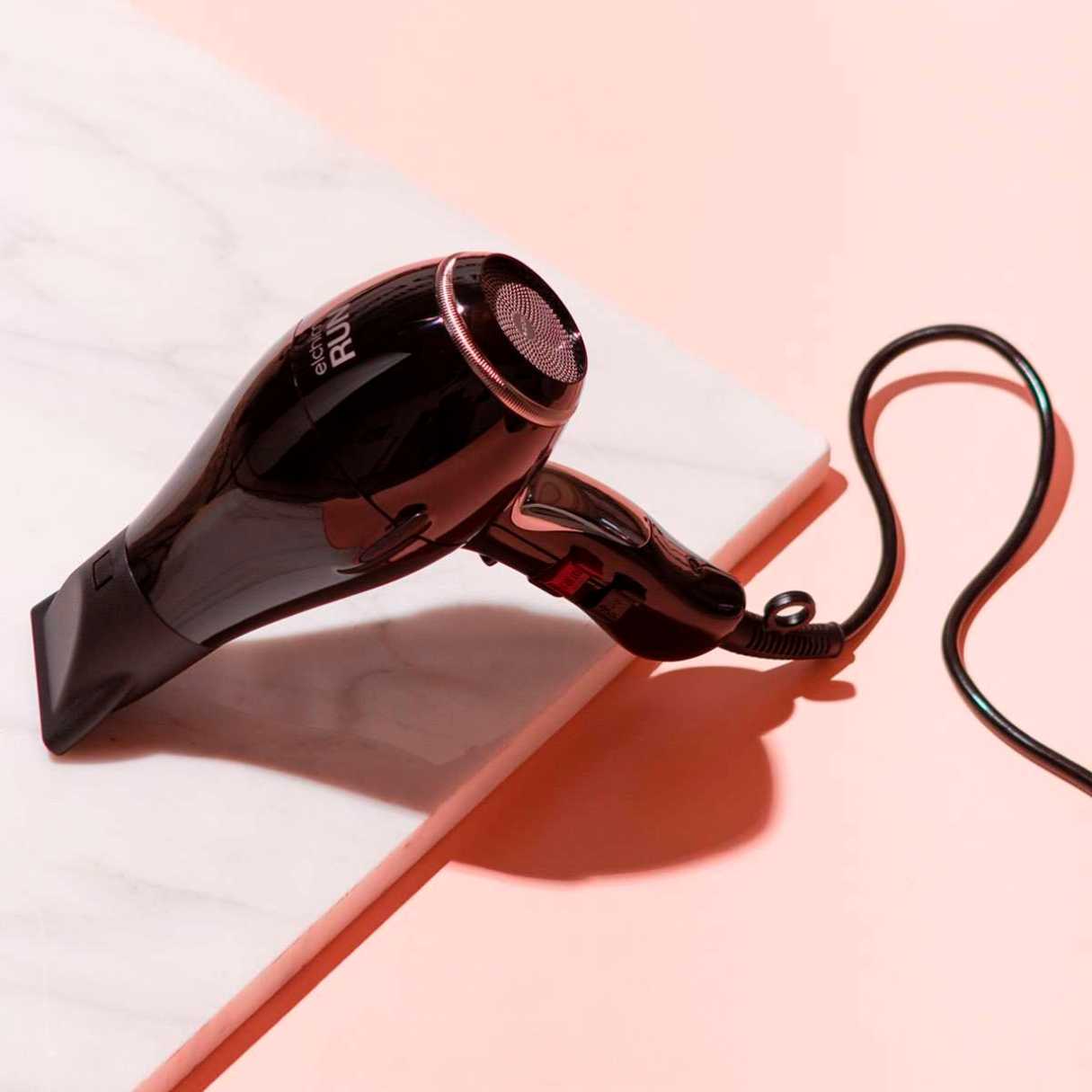

Bathroom Appliances
When Was The Hair Dryer Invented
Modified: February 18, 2024
Learn about the history of the hair dryer and its invention. Discover the evolution of bathroom appliances and their impact on modern living.
(Many of the links in this article redirect to a specific reviewed product. Your purchase of these products through affiliate links helps to generate commission for Storables.com, at no extra cost. Learn more)
Introduction
When we think about essential bathroom appliances, the humble hair dryer often takes center stage. This indispensable tool has revolutionized the way we style our hair, providing convenience and efficiency in our daily routines. But have you ever wondered about the origins of this beloved invention? Join us as we embark on a journey through time to explore the fascinating history of the hair dryer.
From early hair drying methods to the evolution of modern hair dryers, we will uncover the remarkable innovations and technological advancements that have shaped this iconic bathroom appliance. So, sit back, relax, and prepare to be whisked away on a captivating exploration of the hair dryer’s captivating past and its enduring impact on our daily lives.
Key Takeaways:
- The hair dryer was invented in the late 19th century, revolutionizing hair care and styling with its electric heating element and motorized fan, paving the way for modern grooming convenience.
- Over time, hair dryers evolved to incorporate advanced technologies like ceramic heating elements, ionic technology, and smart features, offering customizable settings, eco-friendly designs, and professional-grade performance for effortless and stylish hair care.
Read more: When Was The Washer And Dryer Invented
Early Hair Drying Methods
In ancient times, people used a variety of methods to dry their hair, often relying on natural elements and rudimentary tools. One common practice involved using absorbent materials such as cloth or towels to gently blot and soak up excess moisture from the hair. Additionally, individuals would take advantage of natural air circulation by sitting in well-ventilated areas to expedite the drying process.
Another traditional technique for drying hair involved the use of handheld fans or manual fanning motions to promote evaporation. This method, while effective to some extent, required significant time and effort to achieve desirable results. In colder climates, individuals often utilized the warmth of a fireplace or heated tools to dry their hair, albeit with limited control over temperature and airflow.
As societies progressed, particularly during the Renaissance era, more elaborate contraptions emerged to aid in the hair drying process. One notable example is the “blow-dryer chair,” a piece of furniture equipped with a built-in hood that directed warm air onto the user’s hair. While these early innovations represented significant strides in hair drying technology, they were far from the compact, user-friendly devices we are familiar with today.
Despite the ingenuity of these early methods, they were often labor-intensive and lacked the precision and efficiency that modern hair dryers offer. The quest for a more practical and effective hair drying solution persisted, ultimately leading to the groundbreaking invention that would revolutionize hair care: the hair dryer.
Invention of the Hair Dryer
The birth of the modern hair dryer can be traced back to the late 19th century, a period characterized by remarkable advancements in electrical engineering and consumer technology. The pioneering spirit of inventors and engineers during this era paved the way for the creation of the first electric hair dryer.
One of the earliest iterations of the hair dryer, patented in the late 1800s, consisted of a large, cumbersome device that relied on a hand-cranked fan to produce airflow. This early model, while innovative for its time, was far from the compact, lightweight designs we are familiar with today. It was not until the early 1920s that significant strides were made in the development of electric hair dryers.
In 1920, French-American stylist Gabriel Kazanjian and French electrical engineer Alexandre Godefoy collaborated to create a groundbreaking hair dryer design. This innovative device, known as the “hand-held electric hair dryer,” featured a heating element and a motorized fan, providing a more efficient and controlled airflow for drying hair. The introduction of this electric hair dryer marked a pivotal moment in the history of hair care, revolutionizing the way people styled and maintained their hair.
Throughout the 20th century, advancements in electrical engineering and industrial design propelled the evolution of the hair dryer, leading to more compact, portable, and user-friendly models. These developments not only improved the functionality of hair dryers but also enhanced their safety and convenience, making them a staple in households and professional salons alike.
As the demand for hair dryers grew, manufacturers continued to refine and innovate the technology, incorporating features such as adjustable heat settings, ergonomic designs, and enhanced airflow systems. These enhancements not only optimized the hair drying experience but also contributed to the widespread adoption of hair dryers as essential grooming tools.
The invention of the hair dryer represents a pivotal moment in the history of personal care appliances, showcasing the ingenuity and creativity of inventors and engineers who sought to simplify and elevate everyday routines. This transformative invention continues to shape the way we approach hair care, offering unparalleled convenience and efficiency in achieving desired hairstyles.
The hair dryer was invented in the late 19th century by Alexander Godefroy, a French hairdresser. He used a bonnet attached to the chimney pipe of a gas stove to blow hot air over his clients’ wet hair.
Evolution of the Hair Dryer
The evolution of the hair dryer has been a testament to the relentless pursuit of innovation and improvement in the realm of personal care appliances. As technological advancements and consumer preferences evolved, the hair dryer underwent significant transformations, paving the way for enhanced performance, safety, and user experience.
Throughout the mid-20th century, hair dryer designs continued to evolve, with a focus on streamlining the devices for increased portability and ease of use. The introduction of lightweight materials and compact designs made hair dryers more accessible to a broader audience, empowering individuals to achieve salon-quality results in the comfort of their own homes.
One notable milestone in the evolution of the hair dryer was the integration of ceramic heating elements, which offered more consistent heat distribution and reduced the risk of hair damage. This technological enhancement marked a significant leap forward in the quest to optimize the hair drying process while prioritizing hair health.
As the beauty and personal care industry flourished, hair dryer manufacturers embraced the demand for customizable styling options by incorporating adjustable heat and speed settings into their designs. This innovation allowed users to tailor their hair drying experience to suit their unique hair types and styling preferences, further enhancing the versatility and appeal of hair dryers.
In the late 20th and early 21st centuries, the advent of ionic technology revolutionized the hair drying landscape. Ionic hair dryers, equipped with negatively charged ions, offered benefits such as reduced frizz, enhanced shine, and faster drying times. This groundbreaking technology represented a paradigm shift in hair care, empowering users to achieve professional-grade results with greater efficiency and hair health benefits.
Furthermore, the integration of tourmaline components in hair dryers further elevated the user experience by emitting infrared heat and negative ions, resulting in faster drying and superior hair protection. These advancements underscored the industry’s commitment to harnessing cutting-edge technologies to enhance the performance and results of hair dryers.
Today, the evolution of the hair dryer continues with a focus on sustainability, energy efficiency, and smart features that cater to the demands of environmentally conscious consumers. Manufacturers are exploring eco-friendly materials, energy-saving technologies, and digital innovations to align with evolving consumer values and technological trends.
The evolution of the hair dryer stands as a testament to the enduring commitment to innovation and excellence in the personal care industry. From humble beginnings to state-of-the-art designs, the hair dryer has transcended its role as a mere grooming tool, becoming an indispensable ally in the pursuit of effortless and stylish hair care.
Modern Hair Dryers
In the contemporary era, modern hair dryers have undergone a remarkable transformation, integrating cutting-edge technologies and ergonomic designs to meet the diverse needs of consumers. These advanced grooming tools have redefined the hair care experience, offering a harmonious blend of efficiency, versatility, and hair health benefits.
One of the defining features of modern hair dryers is the incorporation of advanced heat and airflow settings, empowering users to customize their drying experience based on their hair type and styling requirements. This level of control ensures optimal results while minimizing the risk of heat damage, catering to a wide spectrum of hair textures and preferences.
Additionally, the integration of tourmaline, ceramic, and ionic technologies has revolutionized the way hair is dried and styled. These innovative components work synergistically to emit gentle, infrared heat and negative ions, effectively reducing frizz, enhancing shine, and promoting faster, more efficient drying. The result is a luxurious, salon-quality finish that elevates the hair drying process to new heights.
Furthermore, modern hair dryers often feature lightweight, ergonomic designs that prioritize user comfort and ease of handling. The use of high-quality materials and intuitive controls ensures a seamless and enjoyable hair drying experience, making these devices accessible to users of all ages and skill levels.
As sustainability and environmental consciousness continue to shape consumer preferences, manufacturers have embraced eco-friendly initiatives by developing energy-efficient hair dryers and utilizing recyclable materials in their construction. These eco-conscious practices align with the values of environmentally aware consumers, contributing to a more sustainable approach to personal grooming.
Smart technology has also made its mark on modern hair dryers, with features such as temperature control, moisture sensors, and digital interfaces enhancing the precision and adaptability of these devices. This integration of smart capabilities not only elevates the user experience but also underscores the industry’s commitment to innovation and technological advancement.
Moreover, the advent of professional-grade hair dryers designed for salon use has brought unparalleled performance and durability to the market. These high-powered devices, equipped with advanced motors and airflow systems, cater to the needs of professional stylists and discerning consumers seeking salon-standard results in the comfort of their homes.
From compact travel-friendly models to high-performance professional units, modern hair dryers offer a diverse array of options to suit individual preferences and lifestyles. Whether it’s achieving sleek, straight styles or embracing natural, voluminous curls, these versatile tools empower users to express their unique sense of style with confidence and ease.
The evolution of modern hair dryers stands as a testament to the industry’s unwavering dedication to innovation, quality, and user-centric design. As these transformative devices continue to shape the landscape of personal grooming, they exemplify the fusion of artistry and technology in the pursuit of exceptional hair care.
Read more: When Was The Bathtub Invented
Conclusion
The journey through the history and evolution of the hair dryer unveils a captivating narrative of ingenuity, innovation, and transformative advancements in personal care technology. From the rudimentary hair drying methods of ancient times to the state-of-the-art hair dryers of today, this iconic grooming tool has left an indelible mark on the way we approach hair care and styling.
Through the centuries, the hair dryer has evolved from a rudimentary device to a sophisticated grooming essential, embodying the convergence of artistry, engineering, and consumer-centric design. The relentless pursuit of excellence and the integration of cutting-edge technologies have elevated the hair drying experience, empowering individuals to achieve professional-grade results with unparalleled convenience and efficiency.
As we reflect on the remarkable journey of the hair dryer, it becomes evident that this indispensable tool has transcended its functional role to become a symbol of self-expression, confidence, and personal style. The marriage of advanced heat and airflow technologies, ergonomic designs, and sustainable practices has redefined the standards of hair care, offering users a harmonious blend of performance, versatility, and hair health benefits.
Moreover, the enduring appeal of the hair dryer lies in its ability to adapt to the ever-changing needs and preferences of consumers. From adjustable heat settings to smart features and eco-friendly initiatives, modern hair dryers exemplify the industry’s commitment to innovation, user empowerment, and environmental responsibility.
As we embrace the era of modern hair dryers, we celebrate the fusion of artistry and technology, where the pursuit of effortless, stylish hair care meets the precision and ingenuity of engineering. The story of the hair dryer serves as a testament to the transformative power of human creativity, shaping the way we nurture and express our individuality through the art of hairstyling.
In closing, the history and evolution of the hair dryer stand as a testament to the enduring impact of this iconic grooming tool on our daily lives. From ancient traditions to contemporary innovations, the hair dryer continues to inspire confidence, creativity, and self-expression, embodying the timeless pursuit of beauty and personal well-being.
Frequently Asked Questions about When Was The Hair Dryer Invented
Was this page helpful?
At Storables.com, we guarantee accurate and reliable information. Our content, validated by Expert Board Contributors, is crafted following stringent Editorial Policies. We're committed to providing you with well-researched, expert-backed insights for all your informational needs.
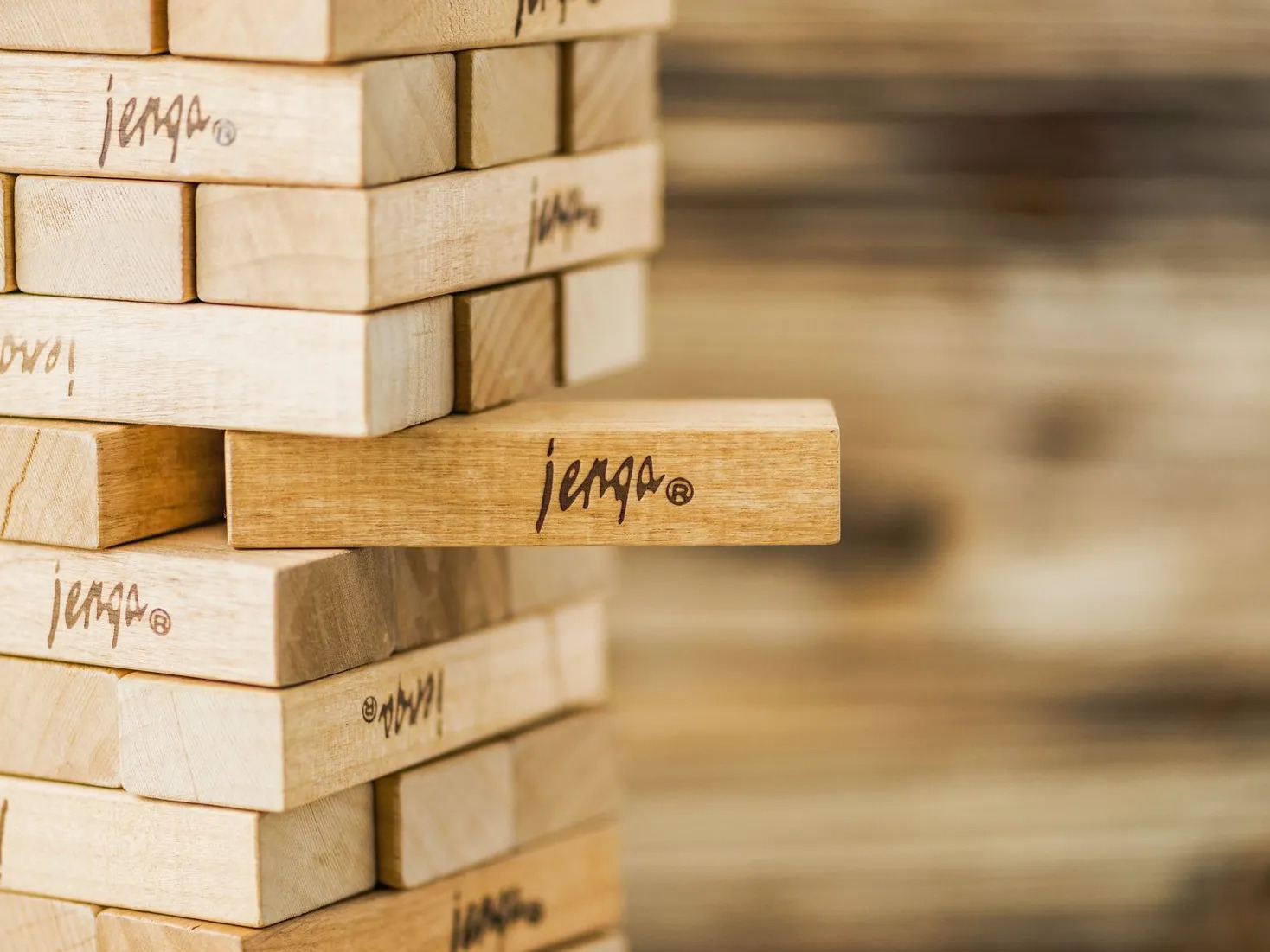
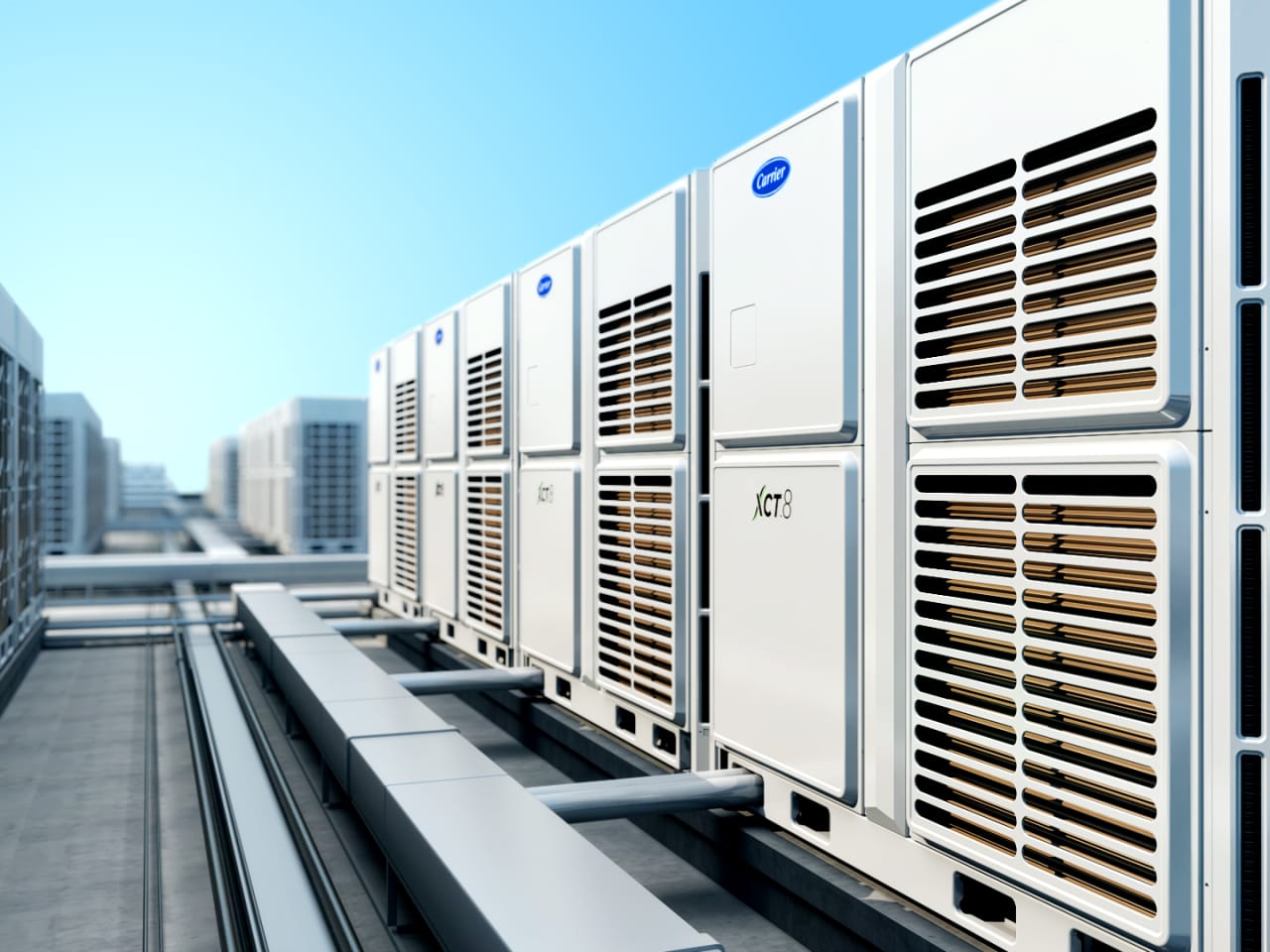
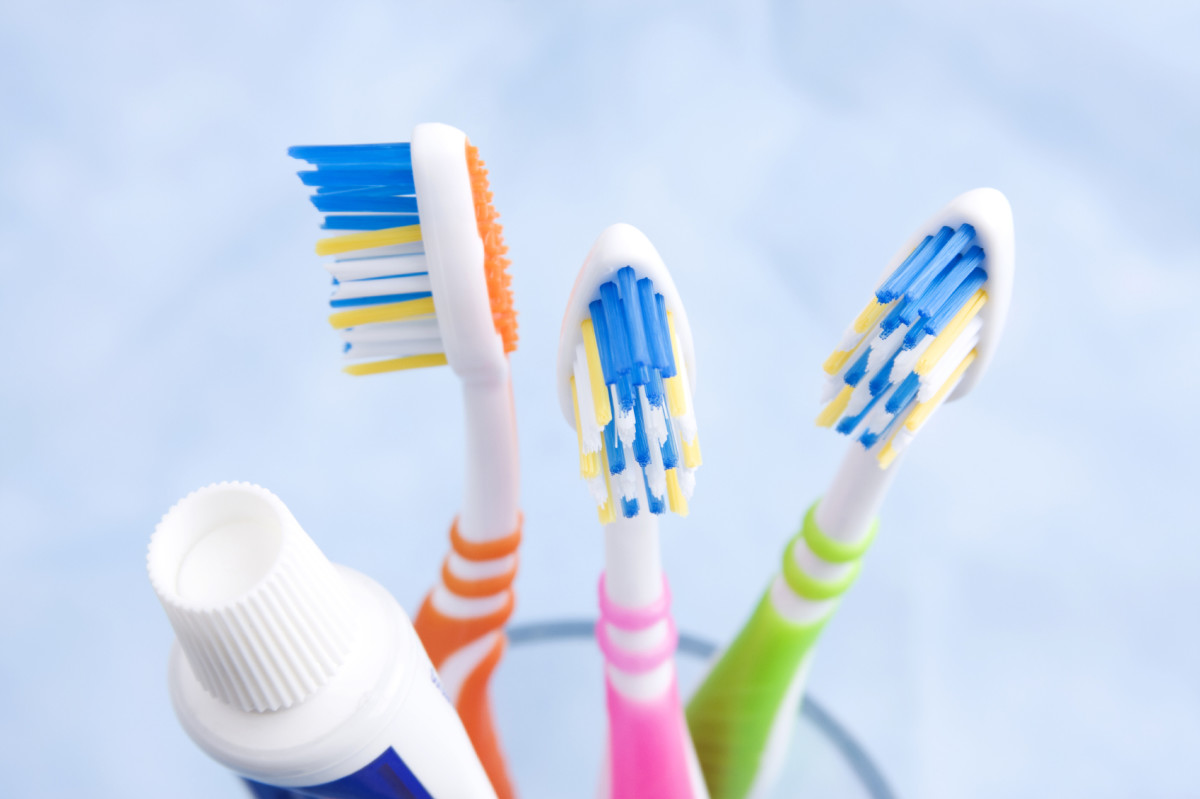
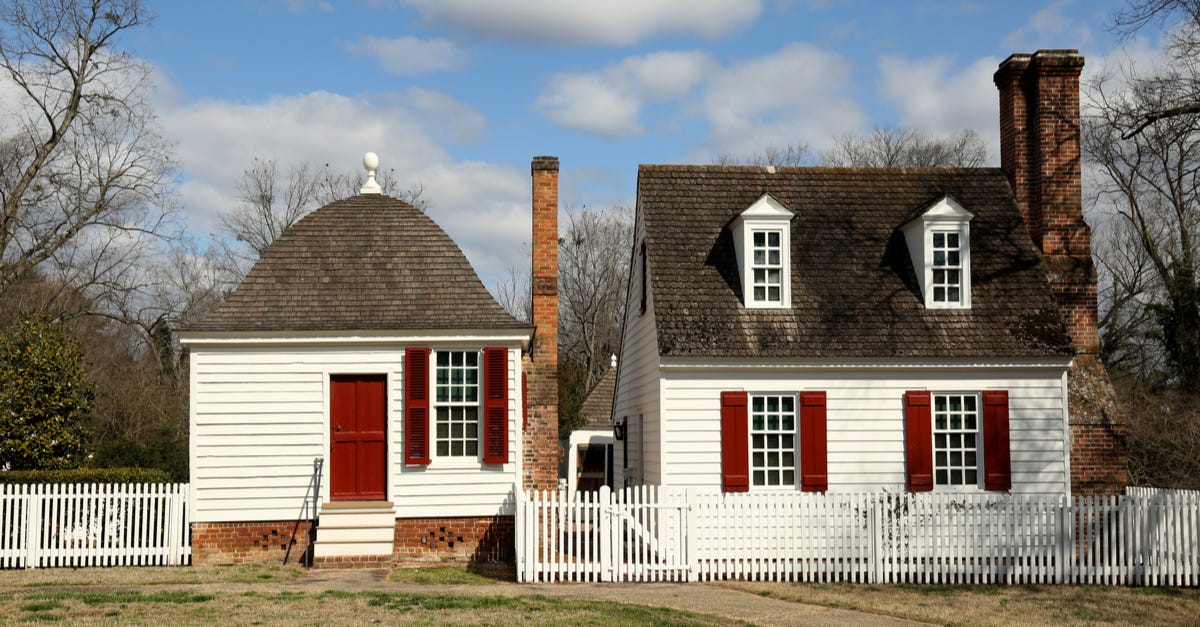
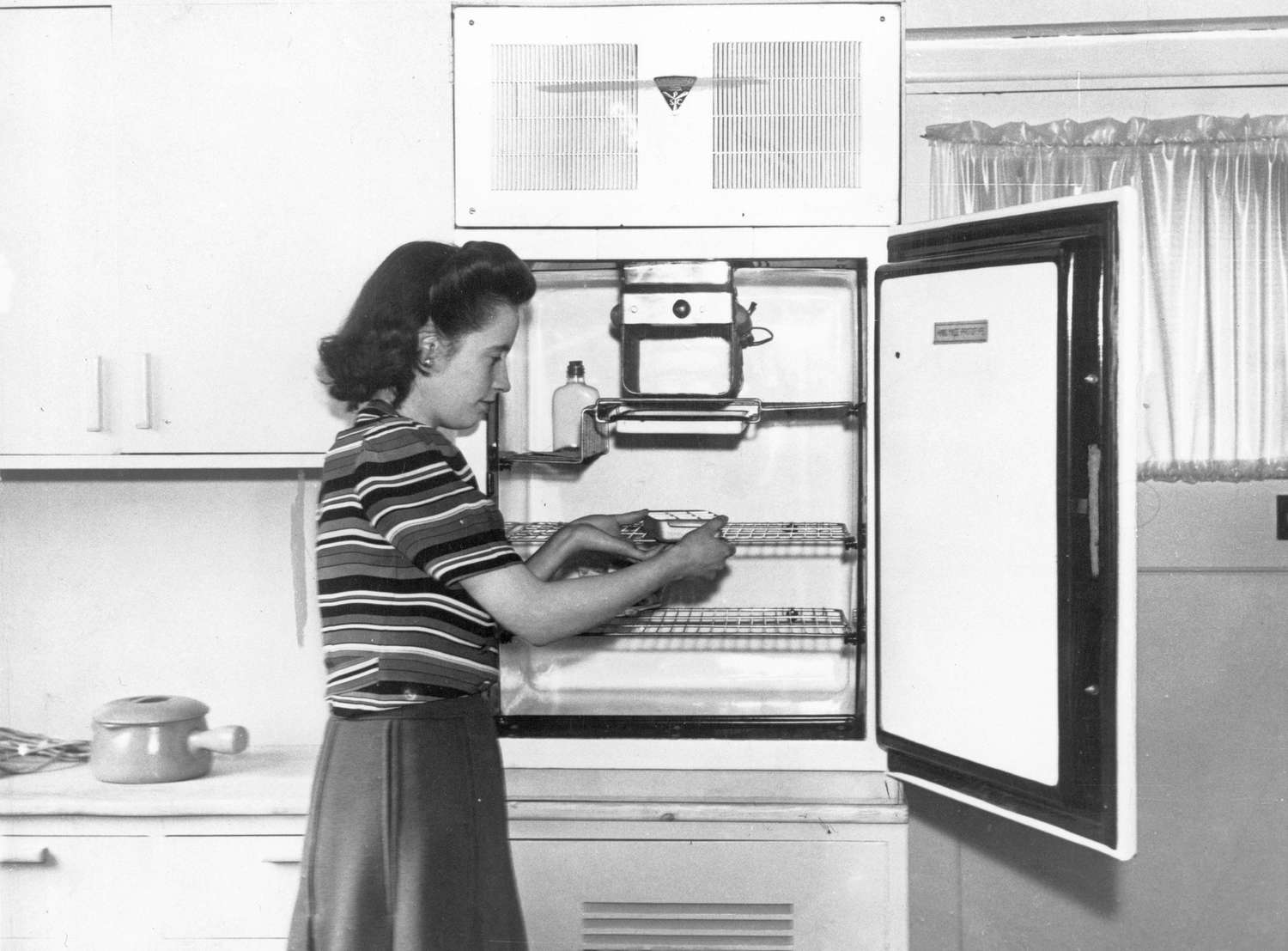
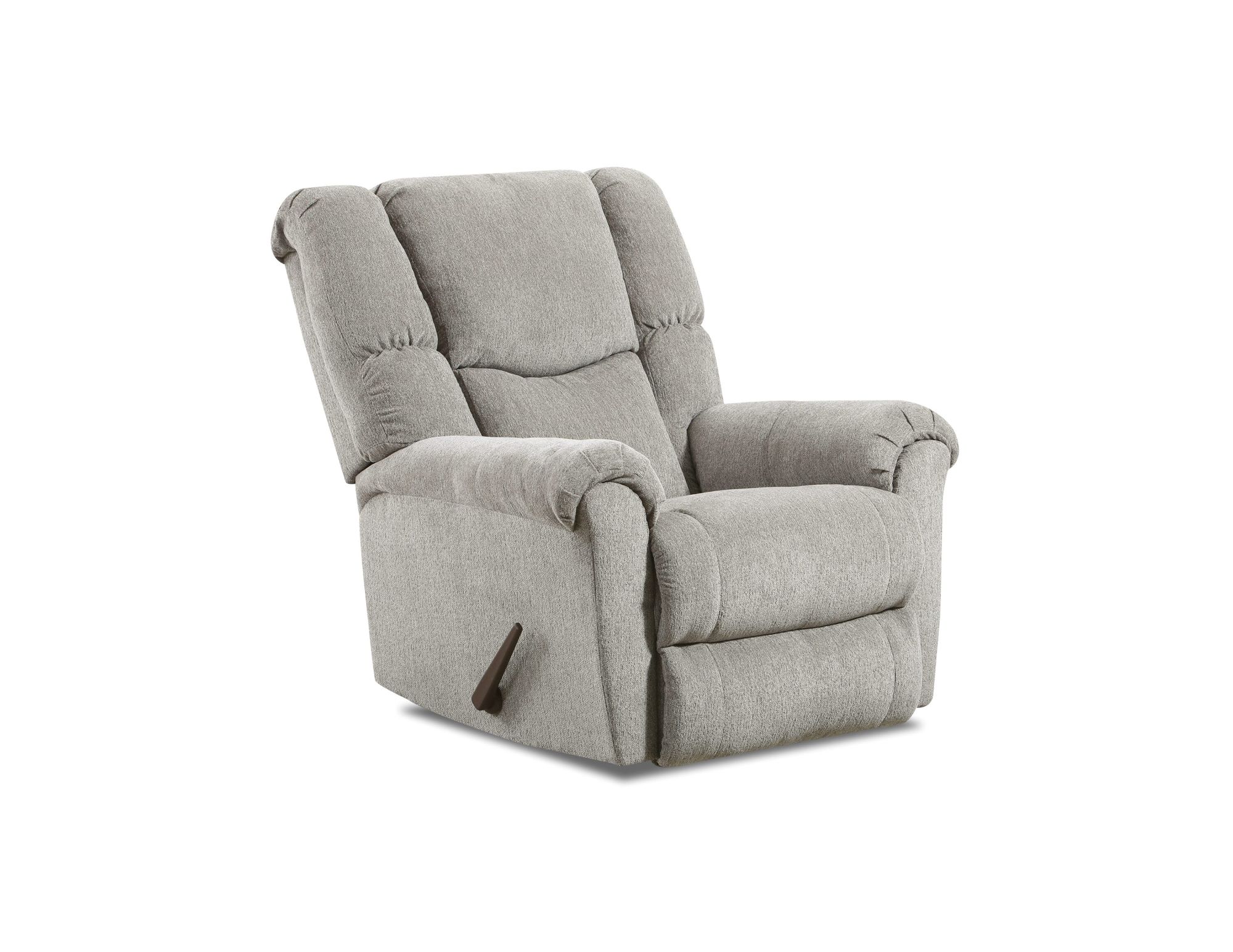
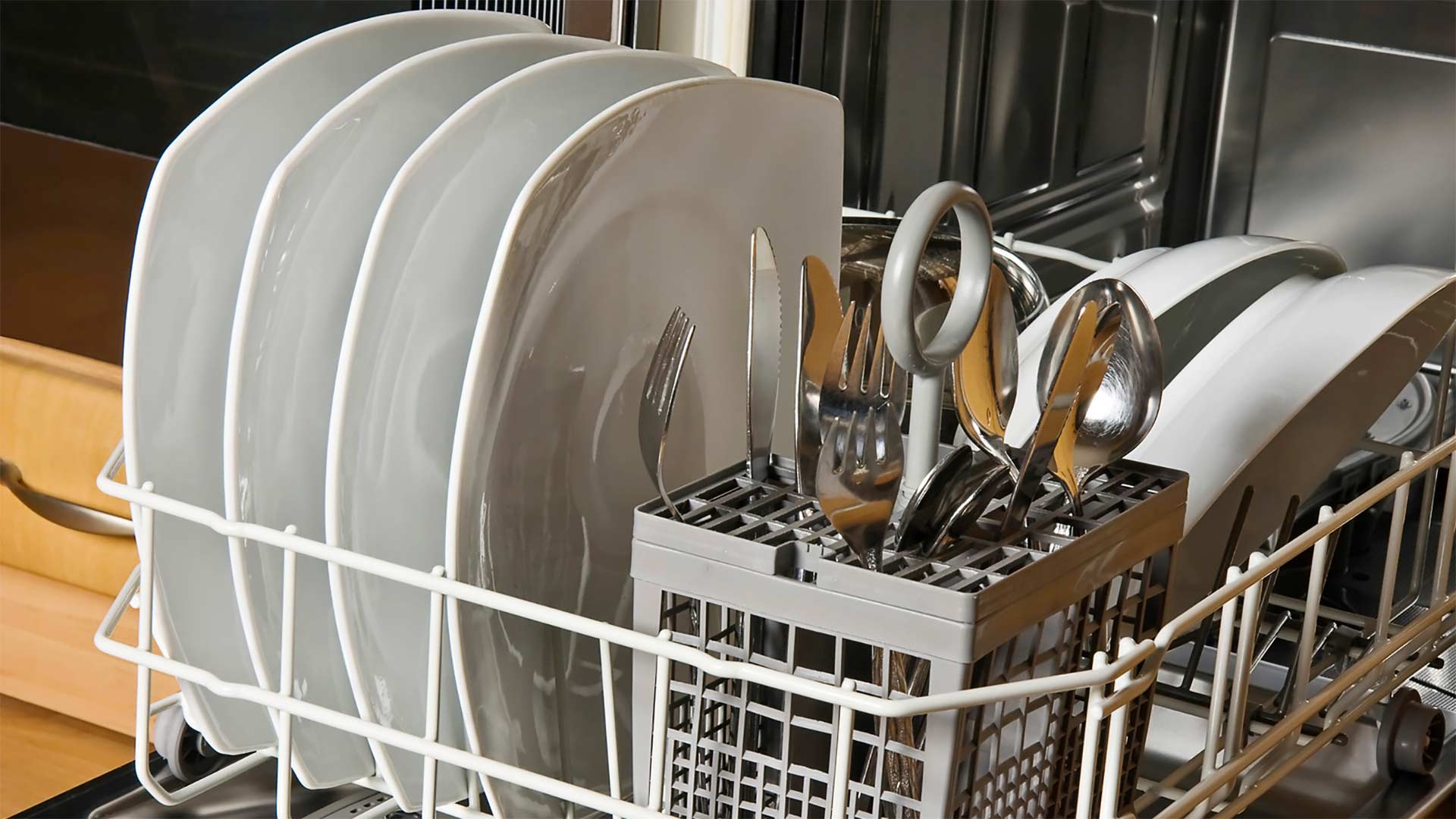
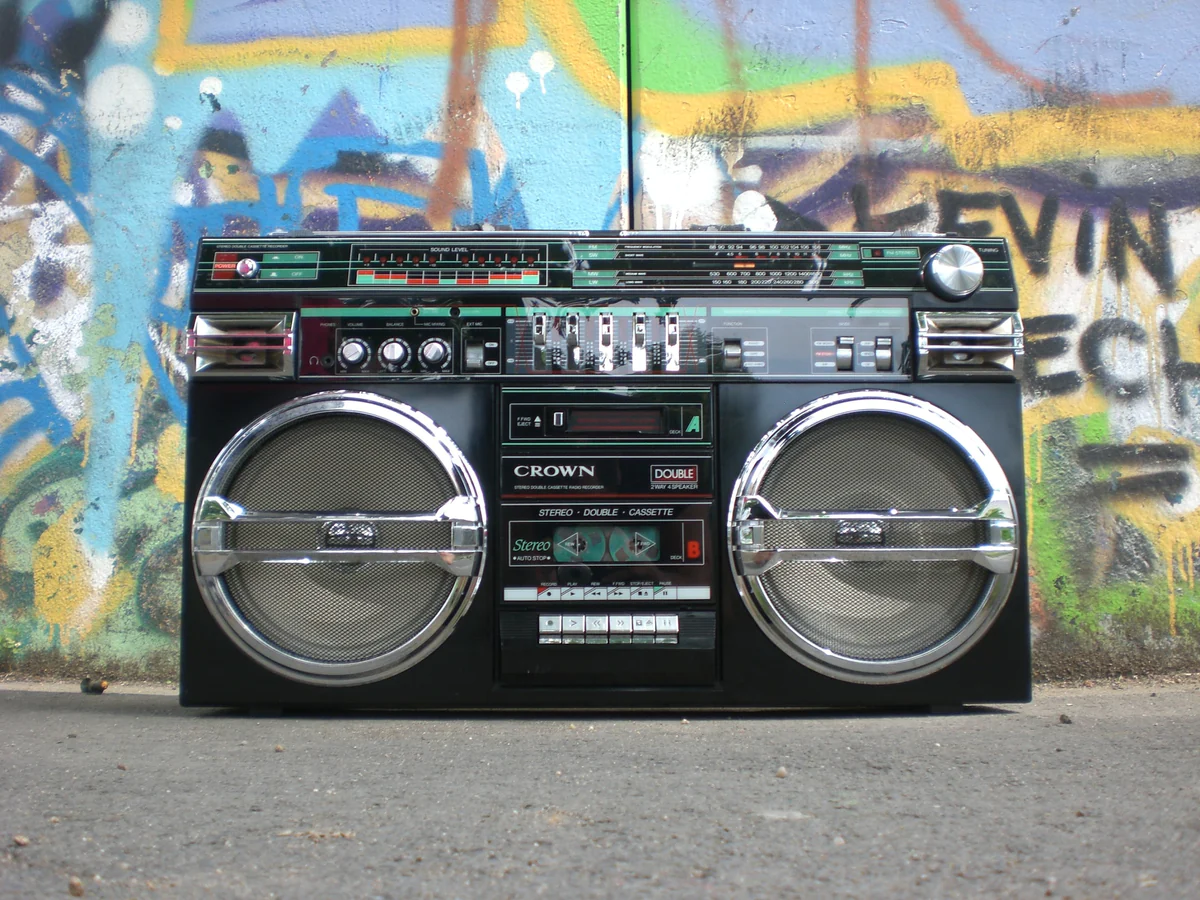
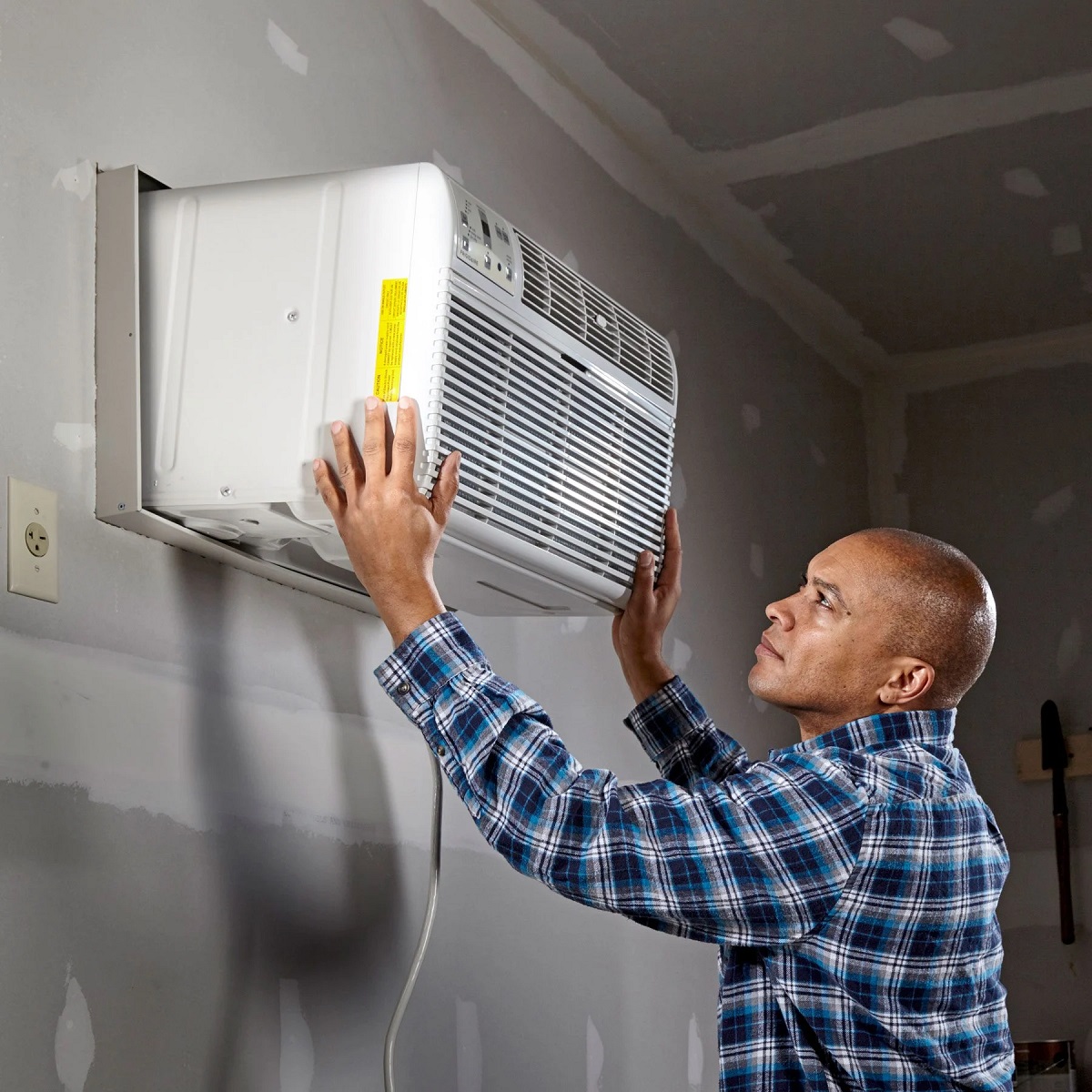
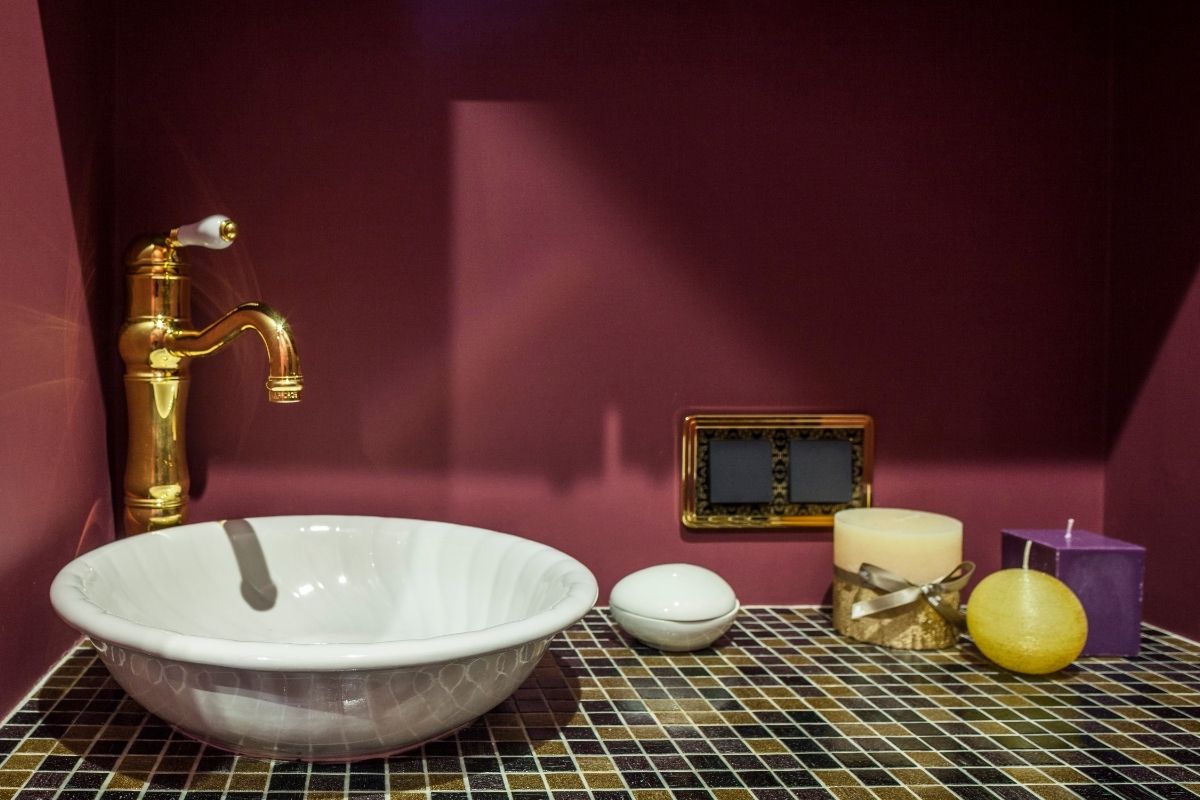



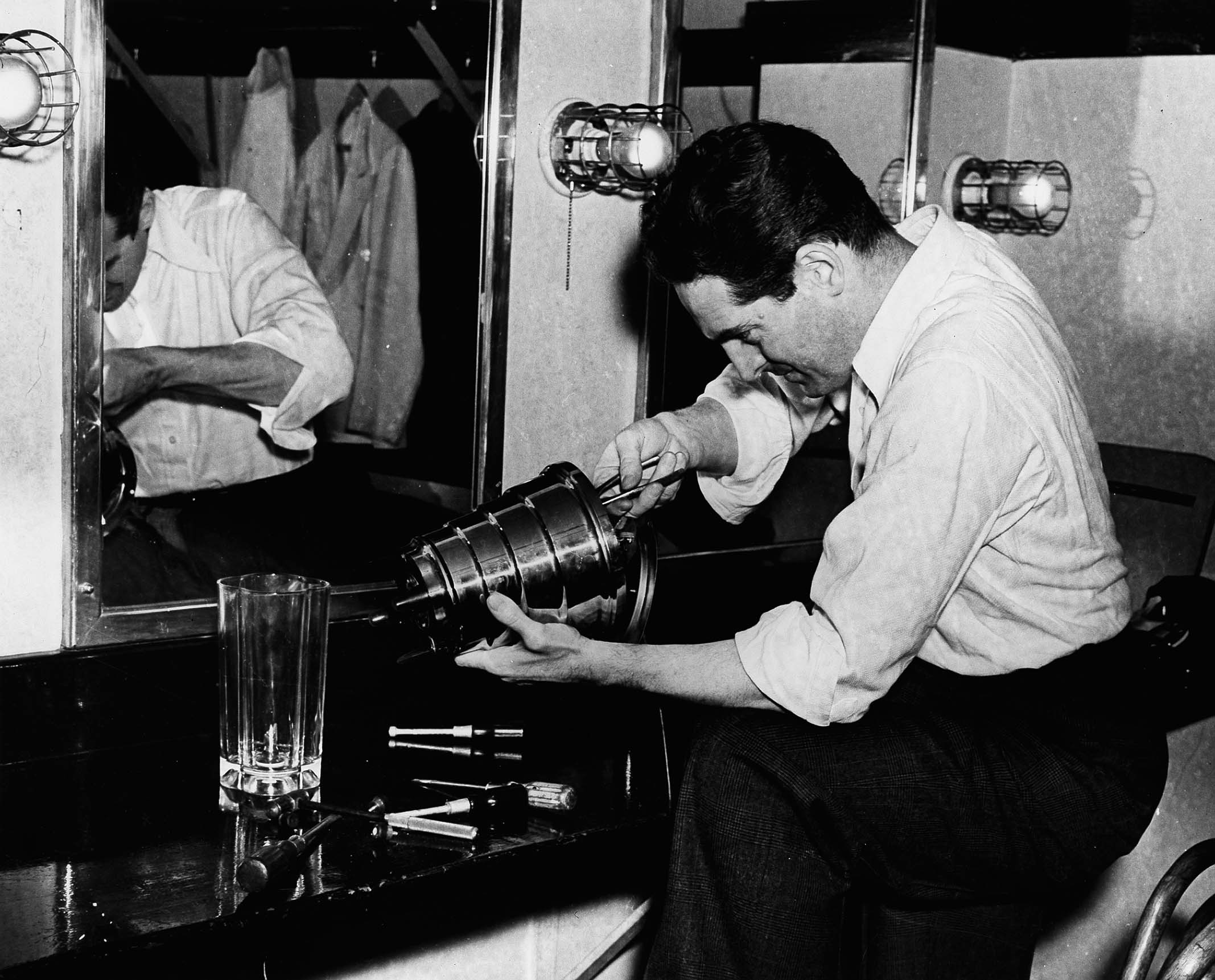

0 thoughts on “When Was The Hair Dryer Invented”